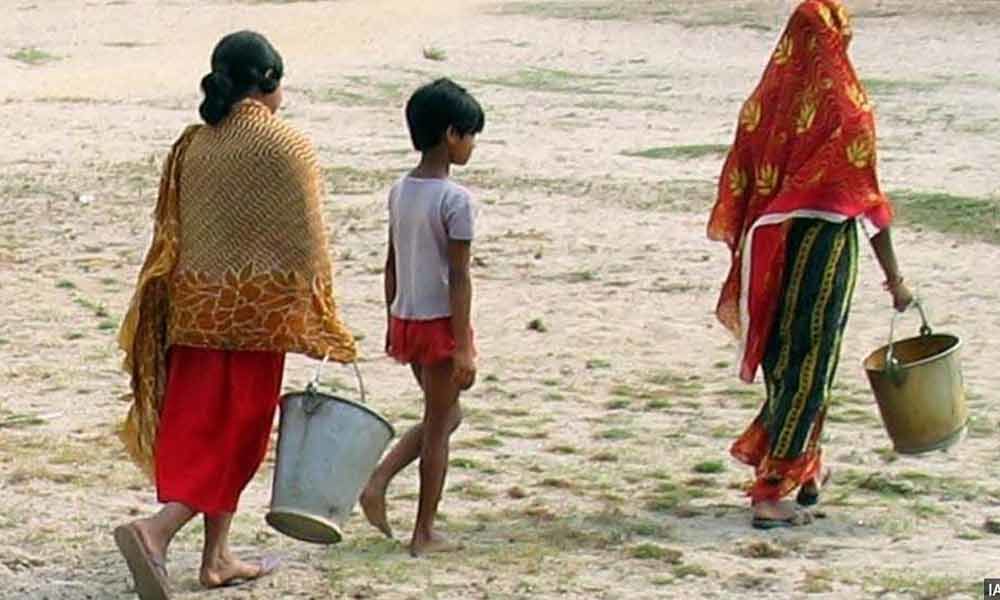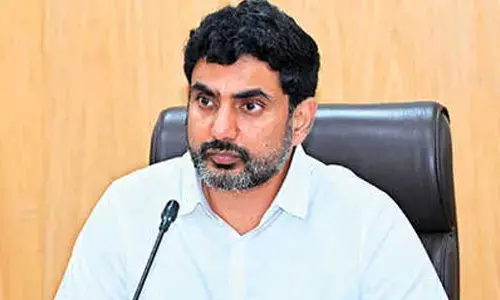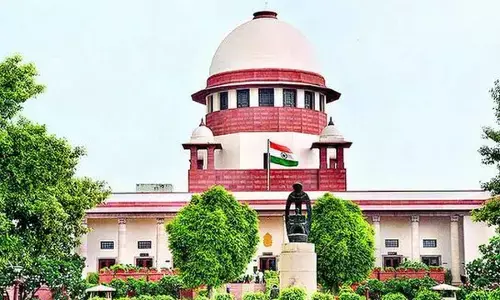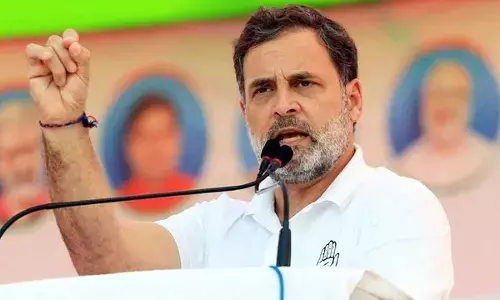Move beyond emergency mode

In an era of global warming, if India’s cities are to continue as centres for economic opportunities, they will have to move away from planning for heatwaves as ‘events’
What does it mean to have a plan for heatwaves?
On the one hand, these are periods of 'extreme' weather. Planning tends to focus on the probable; extremes are difficult to predict and fit uncomfortably within planning processes.
On the other, global warming has forced such extremes into the mainstream. The mechanics of the connection between global warming and extreme heat is still being studied, but the statistical evidence for a correlation between the two is strong.
The India Meteorological Department and the Indian Institute of Tropical Meteorology have established that the frequency and severity of heatwaves have risen significantly in India over the last three decades.
As emissions continue to rise, India will suffer from warming worse than the rest of the planet — the global average temperature increase since 1900 is around 1.3 degrees Celsius; in India, the average temperature increase in the same period has already crossed 2°C.
These new realities have resulted in planning targeted at extreme heat. In India, at least 30 cities across 11 States have adopted such plans, a trend which began with Ahmedabad's 'Heat Action Plan' in 2013.
The trend has since spread beyond cities. The National Disaster Management Authority now has guidelines for preparing action plans, Odisha and Tamil Nadu adopted State-wide heatwave action plans for 2019, and Delhi has been urged to adopt one by the central government.
It is not a coincidence that initial action on heatwaves has focused on urban centres. The impact of heatwaves is not limited to cities, but cities aggravate this phenomenon.
Urbanisation alters the landscape, removing the natural temperature moderation provided by soil and vegetation, replacing them with often heat-absorbent construction materials.
This is worsened by the concentration of energy-intensive, heat-generating activities (such as vehicular emissions, air-conditioning, and waste disposal).
This "urban heat island" phenomenon results in cities being hotter, on average, than surrounding areas which share the same climate. It also results in islands of extreme heat within cities.
An organised response to heatwave risk would focus on modifying the heat-generating and heat-retaining nature of cities. So far, this is not generally the case.
The measures in heat action plans take three forms. The first is scaling up emergency preparedness.
The latest Ahmedabad Heat Action Plan, for example, aims to build "public awareness and community outreach to communicate the risks of heatwaves", to implement an "early warning system and inter-agency coordination to alert residents of predicted extreme temperatures", and to undertake "capacity building among health care professionals to recognise and respond to heat-related illnesses".
Such aims are broadly repeated across heat action plans, along with more specific action points such as ensuring access to drinking water on the hottest days.
The second is adaptation measures, focused on marginal modifications to the existing cityscape. Cool roof programmes, which are already a component of Indian cities' heat action plans, involve lightening roof colours to reduce heat absorption. Cool pavement programmes, which are being piloted in cities such as Los Angeles, aim for a similar effect at street level.
The third type of measure involves modifying the cityscape itself. Increasing tree and vegetation cover within cities is a common aim across Indian plans.
Some plans, such as in Odisha, aim to reduce traffic congestion by creating new roads, or moving public transport infrastructure such as nodal bus stations. Of the three, this last category of measures is key to extreme heat planning going forward.
As average temperatures continue to rise, cities will have to move away from planning for heatwaves as 'events'.
The aim, as far-fetched as it currently seems, has to be to design cities that are cooler than their surroundings. Crucially, this should not be achieved through air-conditioning, an inequitable solution which cools the interiors of a few while driving up the ambient temperature for most.
Cooling cities will require a transition away from heat-absorbent materials, towards the use of alternative construction materials and technologies. The National Mission on Sustainable Habitat is aimed at such a transition, but it is unclear whether it is setting the right goals.
For example, the Building Material and Technology Promotion Council (BMTPC) under the Union Ministry of Housing and Urban Affairs (MHUA) promotes 24 alternative materials and construction technologies, but the ability of these materials and technologies to deliver cooler living spaces is still under study.
Beyond materials, newer design principles will be critical. Within buildings, this means passive cooling — architectural designs which use energy from the natural environment to dissipate heat.
These include the fundamentals — such as selecting sites and orientations for buildings which pay attention to natural sources of heat and light, and emphasising flatter building forms — as well as solutions such as higher ceilings, shading windows and walls, and creating shade around the structure through overhangs.
These principles need to be applied not just to buildings, but to cities as a whole. To an extent, they are already in use in cities as diverse as Stuttgart and Beijing.
Stuttgart, which is located in a historically weak wind-flow region, has progressively implemented policies to improve ventilation since the 1980s; Beijing now seeks to use the same principles to tackle its mounting air quality crisis.
Among Indian plans, Odisha's comes closest to taking a broad view of the problem and providing for a multi-departmental response.
Among its priorities for the Housing and Urban Development Department — "promote and construct 'heat resistant building' as a mitigating measure in the long run", "develop a strategy to incorporate the green belt concept in urban planning", and "implement building codes that entail passive cooling practices".
In an era of global warming, if India's cities are to continue as centres for economic opportunities, their plans for extreme heat must follow this lead.
(Courtesy: Down to Earth. The writer is Deputy Programme Manager, Climate Change, Centre for Science and Environment, New Delhi)














